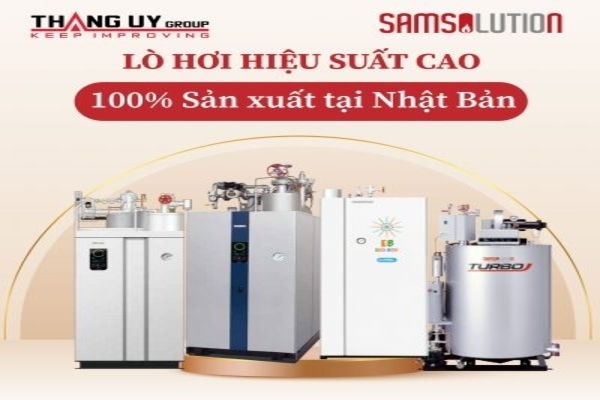Standalone solar power system is the use of solar energy to generate electricity. This current operates on its own to provide electricity for household appliances without needing to be connected to the mains power system.

1. Structure of an independent solar power system
A solar power system following the stand-alone model includes the following parts:
Solar panels (Solar Panels PV).
Storage system (Battery).
Charge controller.
DC – AC voltage converter (Inverter).
2. Operating principle
Solar panels are responsible for absorbing solar radiation and converting it into direct current (DC) electricity.This DC current is fed into the storage system ( battery ) via the charge controller. Finally, through the DC - AC voltage converter (inverter)
3. Advantages of independent solar power systems
Using solar power can take advantage of the space on the roof, also known as a rooftop solar power system
Autonomous power source without dependence on grid power. Therefore, when the mains power source is cut off or flickers, our power source will not be affected.
Brings absolute tranquility and freshness to the surrounding environment. Instead of using diesel generators that are both noisy and polluting.
The system is easy to move and install anywhere without problems like grid electricity.
Brings absolute safety to users. We no longer worry about electric shock or fire.
The system works even in cold weather, as long as there is sunlight. Solar panels continue to absorb and convert into electricity.
Contact us to be provided with the most optimal solar power solutions!
Source: wikipedia.org
;
Snorkel Z-shaped self-propelled forklift project at Mercedes Benz Vietnam factory

Project to train and transfer specialized Altec insulated vehicles to the Southern Power Corporation

Hitachi elevator project at Garden Plaza Park Royal Saigon hotel

TU-SEIKI air compressor project at Miwon Vietnam food factory

Elevator installation project at Lacasa apartment building

Elevator installation project at Green Valley apartment building

CO.ME.T low voltage specialized vehicle training & transfer project for Ben Tre Electricity Company

Hitachi elevator and escalator installation project for METRO line No. 1 in Ho Chi Minh City

Project to install a full-body sterilization chamber at Ho Chi Minh City Party Committee

Rooftop solar power project at Villa District 7, Ho Chi Minh City

